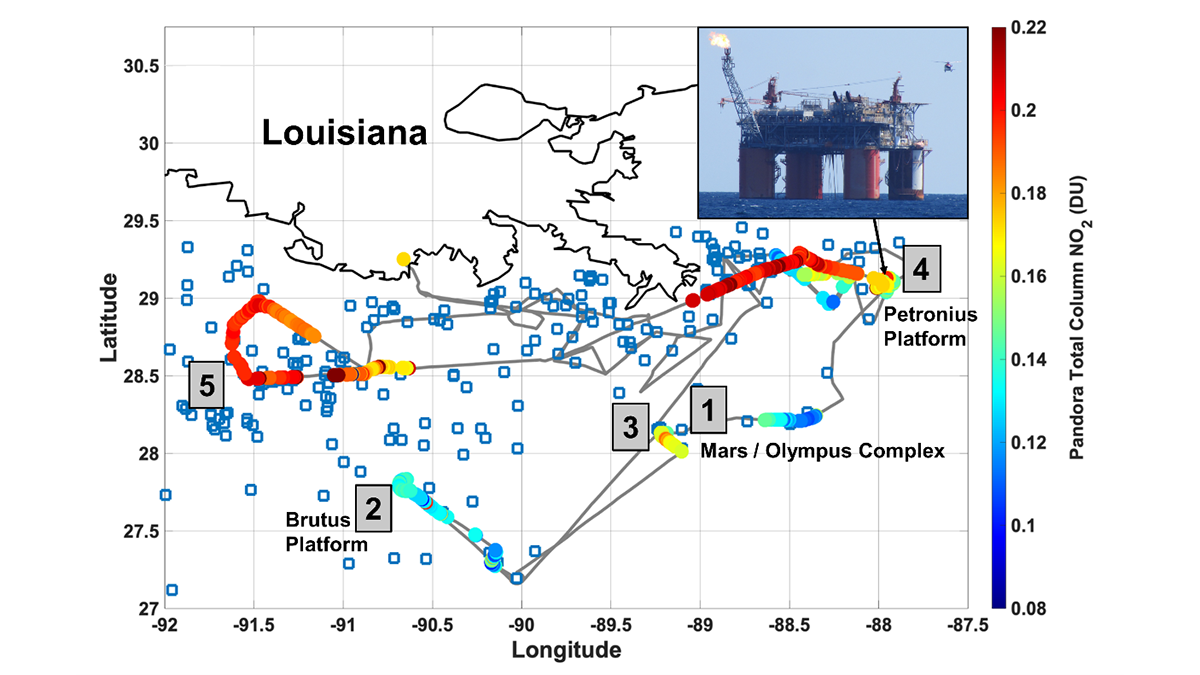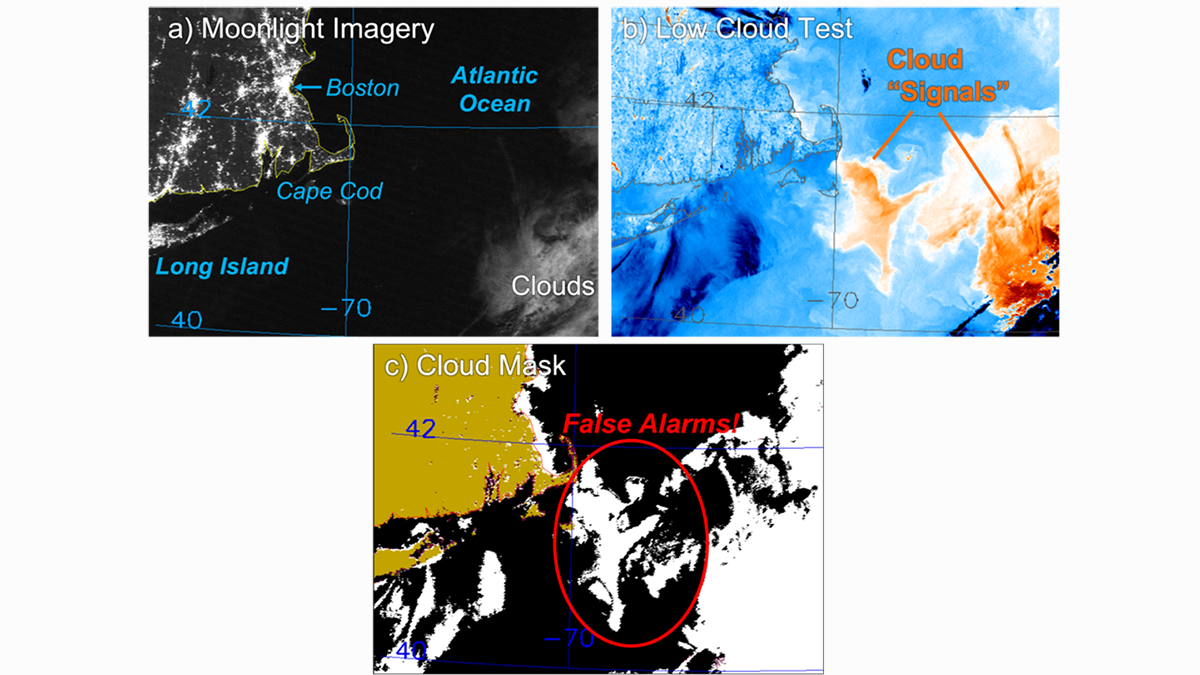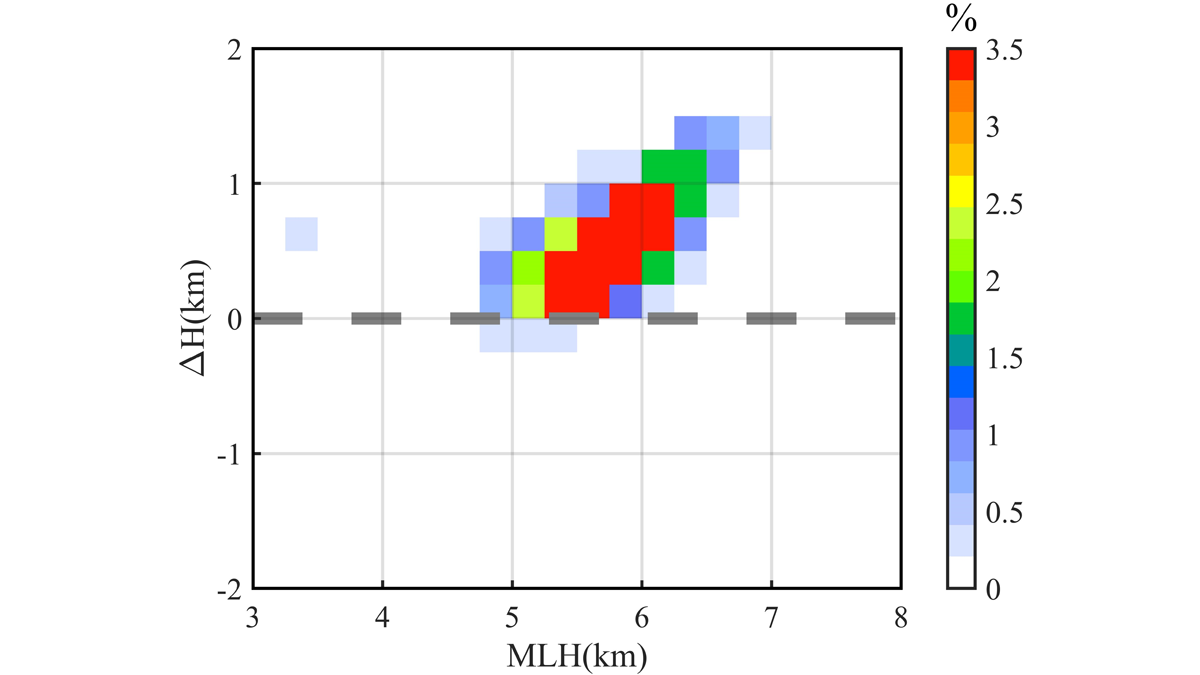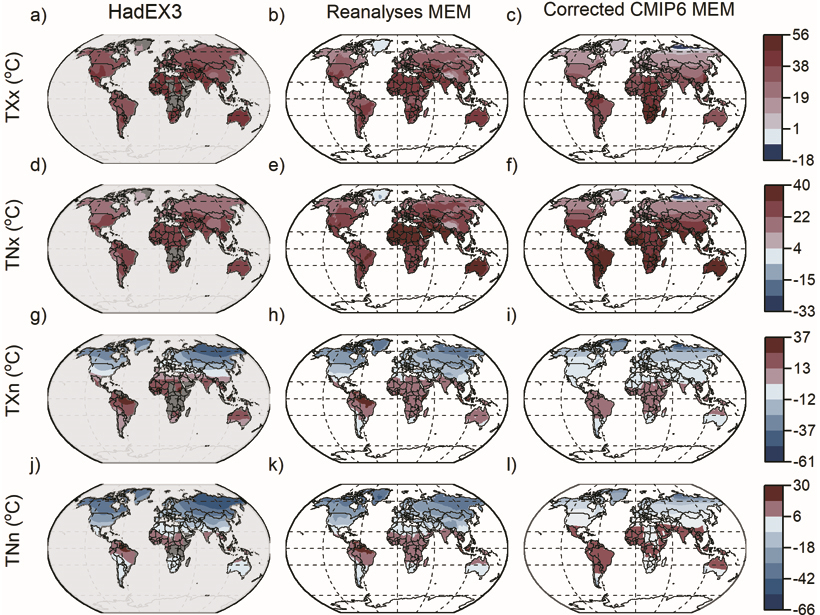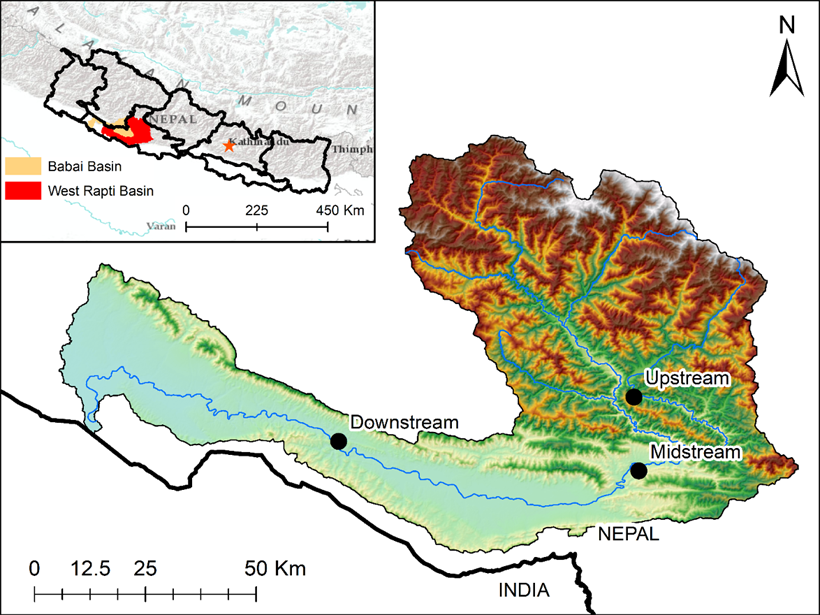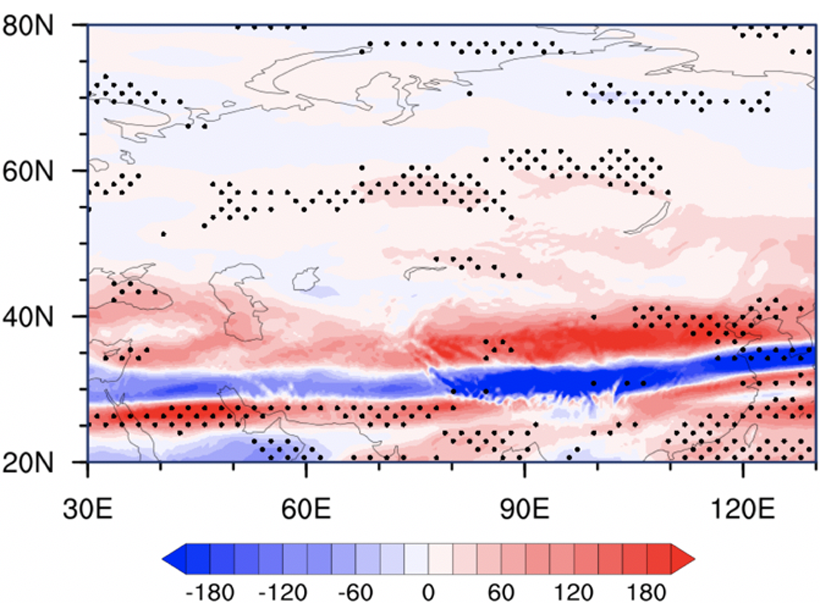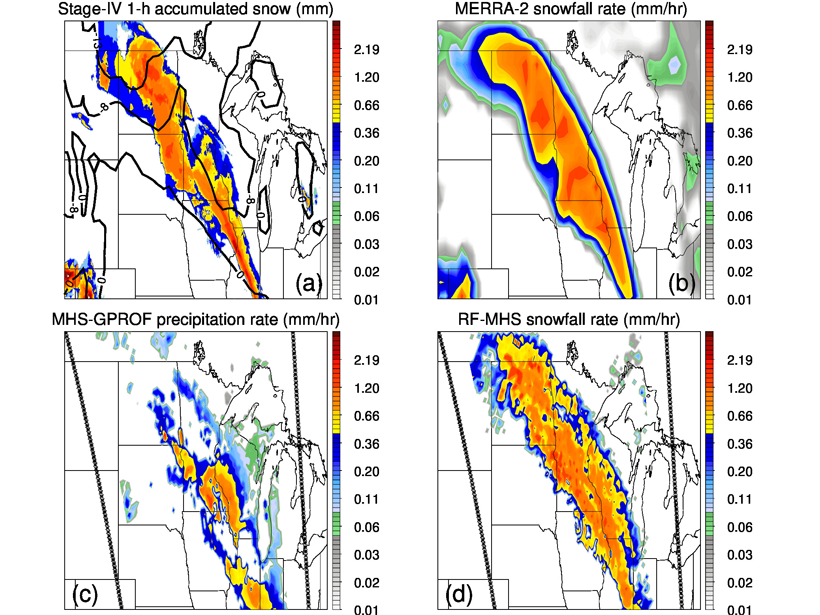Satellites can see NO2 pollution from space, but can they detect individual oil and natural gas operations, and are the measurements accurate?
Jonathan H. Jiang
Editor, Earth and Space Science
Earth and Space Science Open Archive Takes a Big Step Forward
The ESS Open Archive is moving to a new publishing platform where it will continue to accelerate the open discovery of Earth and space science research.
When Less is More—The Moon Sheds Light on Clouds at Night
Shining light into the dark reveals the unseen, but in some cases, it changes our perception of reality. Through moonlight we learn how the environment tricks our ways of finding nocturnal clouds.
Melting Layer Characteristics of Cyclones
Dual‐frequency Precipitation Radar observations reveal the characteristics and microphysical processes of the melting layer in cyclone precipitation over the western North Pacific.
Polar Vortex Linked to Atmospheric Circulation at Daily Scale
A simplified representation of polar vortex at monthly scale was revised using a new method, and its daily association with air-sea teleconnections was analyzed to study weather impacts.
Temperature Extremes: Exploring the Global Outbreak
Using cutting-edge observations, reanalyses, and climate models, a new study projects the outbreak of temperature extremes over new global areas by 2100.
Satellite Estimates for Hydroclimatic Extremes
A new study corrects poor-performing satellite-based rainfall estimates with gauge data and also fills gauge data gaps using well-performing satellite-based rainfall estimates.
Global Warming Intensifies Turbulence Over Northern Eurasia
A significant increasing trend of turbulence in upper atmosphere over northern Eurasia is attributed to intense anthropogenic activities.
Using Machine Learning to Detect and Estimate Global Snowfall
Machine learning is used to retrieve global snowfall occurrence and rate from satellite-based passive microwave sounder observations, trained by snowfall data from a high-quality space borne radar.
Zero-valent Iron in the Oxidizing Atmosphere?
A comparative study of urban, semi-urban, and rural sites reveals that the species of atmospheric iron varies depending on location.

